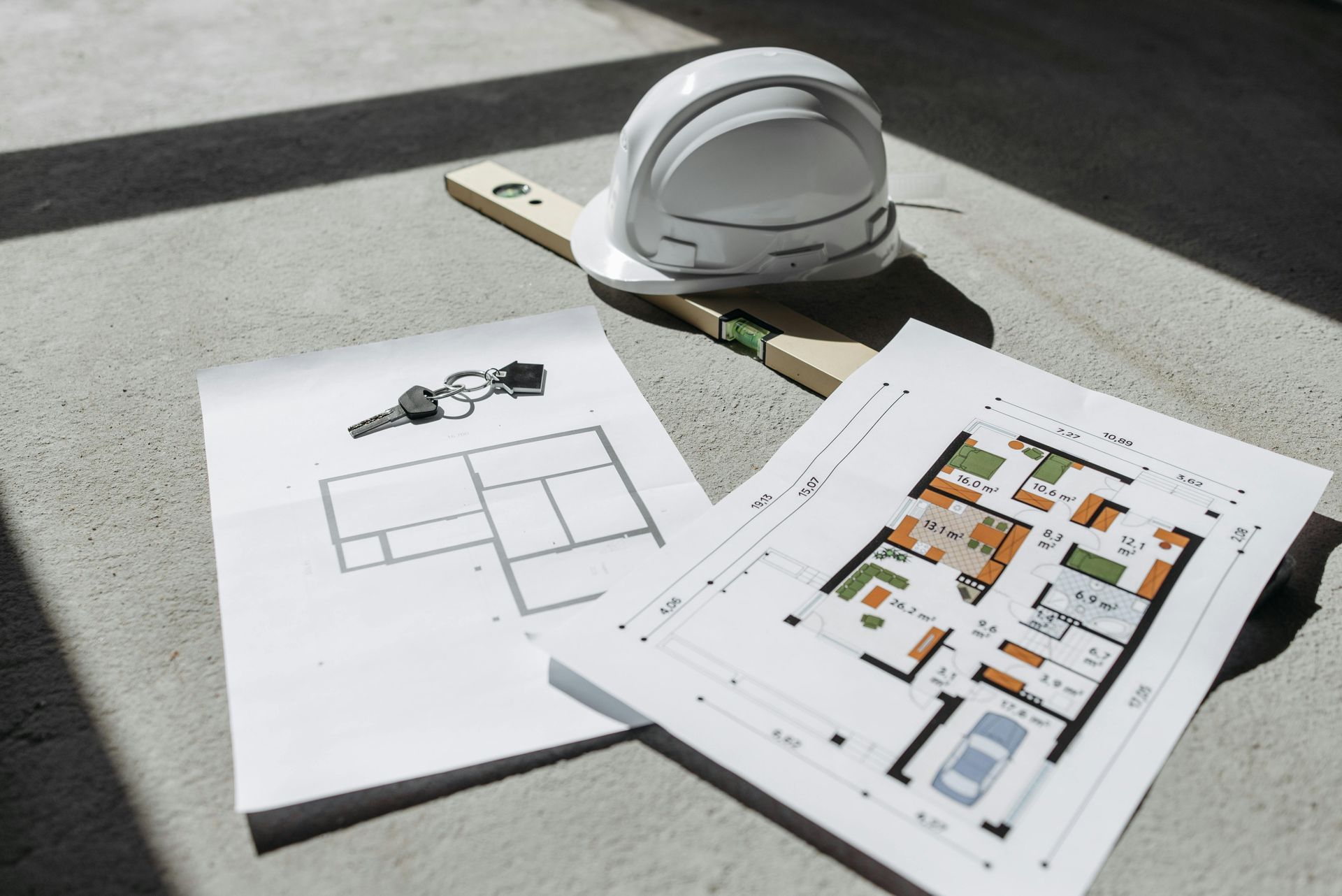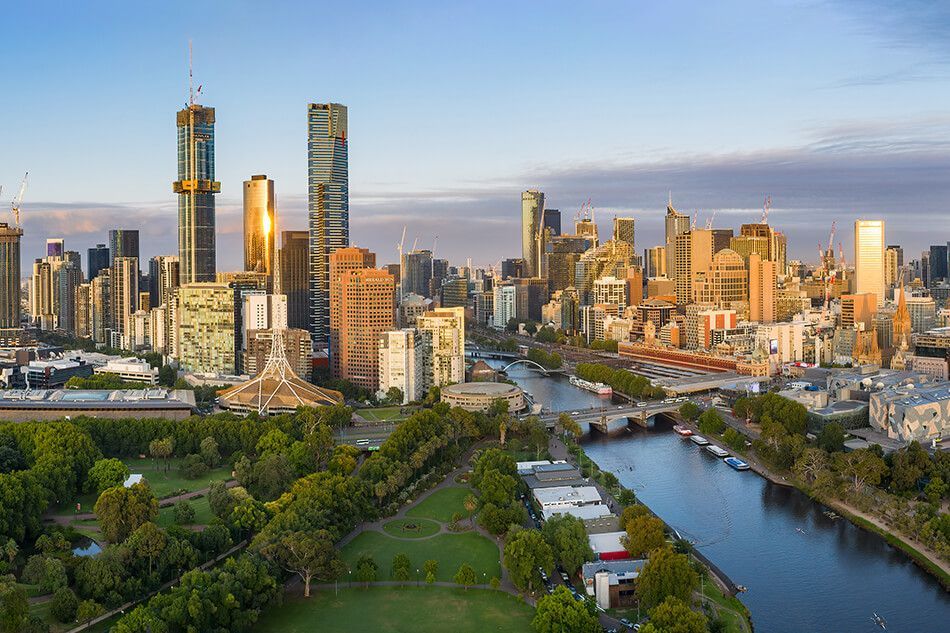
While the headlines might suggest doom and gloom, Melbourne is far from down and out. In fact, this moment of weakness may well be the turning point — the stage in the cycle where the city’s long-term fundamentals quietly gather momentum again. If you’ve been waiting for the right time to buy in Melbourne, 2025 could be your moment.
Key Reasons Melbourne Is Still Attractive for Property Investors
- Market Recovery Signs: After a period of decline in 2024, Melbourne has posted several consecutive months of home price growth in 2025. This signals a market turnaround, with prices still below their previous peaks, offering a countercyclical opportunity for investors.
- Strong Population Growth: Melbourne continues to experience robust population growth, driving long-term housing demand. Migration has ramped up, supporting both the rental and sales markets.
- Undersupply of New Homes: Building approvals are at record lows, and there is a shortage of new dwellings. This supply constraint, combined with rising demand, is expected to place upward pressure on prices over the coming years.
- Infrastructure Investment: Ongoing investment in transport, schools, and amenities across Melbourne’s growth corridors is enhancing liveability and supporting property values.
- Affordability Relative to Other Capitals: Melbourne’s median home price is now lower than Sydney and some other capitals, making it more accessible for investors and first-home buyers.
- Interest Rate Cuts: Recent interest rate reductions in 2025 have improved buyer sentiment and affordability, helping to fuel renewed activity in the property market.
- Long-Term Growth Fundamentals: Melbourne’s diversified economy, strong employment hubs, and lifestyle appeal underpin its reputation as a resilient, long-term investment destination.
Where Are the Opportunities?
For those looking to enter the market now, focus on areas where fundamentals still stack up — even in a down market.
| Suburb | Distance from CBD | Median House Price | Key Features & Appeal |
|---|---|---|---|
| Essendon | 8 km NW | $1,699,000 | Family-friendly, excellent schools, strong capital growth, tree-lined streets, close to transport and lifestyle amenities |
| Blackburn | 17 km E | $1,400,000 | Leafy, peaceful, high owner-occupier demand, good schools, strong community, large block |
| Glen Waverley | 19 km SE | $1,550,000 | Top school zones, shopping precincts, low crime, popular with families and professionals |
These suburbs are consistently highlighted for their strong long-term growth, lifestyle appeal, and demand from both owner-occupiers and renters.
Top Performing Suburbs for Apartments (Melbourne)
The following suburbs are leading performers for apartment investment, with strong rental yields, capital growth, and high demand:
| Suburb | Distance from CBD | Median House Price | Key Features & Appeal |
|---|---|---|---|
| Docklands | 2 km | $662,000 | Modern high-rise, 1–2 bed, Waterfront living, new builds, amenities, strong rental demand, lifestyle-focused |
| Richmond | 3 km | $640,000 | Boutique & mid-rise, 1–2 bed, Trendy, close to CBD, cafes, strong rental yields, renovated and new builds |
| St Kilda | 5 km SE | $601,250 | Boutique & mid-rise, 1–2 bed, Trendy, close to CBD, cafes, strong rental yields, renovated and new builds |

Apartment Types in Demand:
Docklands: Modern high-rise apartments (1–2 bedrooms), often with amenities such as gyms, pools, and security.
Richmond: Boutique and mid-rise apartments, including renovated older stock and new developments, typically 1–2 bedrooms.
St Kilda: A mix of renovated Art Deco apartments and new builds, mainly 1–2 bedrooms, appealing to those seeking lifestyle and proximity to the beach.
Why These Suburbs Stand Out
Essendon, Blackburn, Glen Waverley: Noted for their family appeal, school zones, and strong owner-occupier demand, which supports price growth and rental stability.
Docklands, Richmond, St Kilda: Inner-city and lifestyle suburbs with high rental demand, strong yields, and ongoing gentrification or development, making them attractive for apartment investors.
These selections are based on recent market data, expert recommendations, and current trends in Melbourne’s property market.
Three Emerging Suburbs With Growth Potential for House & Land Packages
Below are three new or rapidly developing suburbs in Melbourne that offer strong potential for those seeking house and land packages:
| Suburb | Location & Features | Why It Has Growth Potential |
|---|---|---|
| Wollert | North, 26km from CBD. New estates, parks, schools. | Affordable packages, major infrastructure, growing demand. |
| Clyde | Southeast, 48km from CBD. Modern estates, large blocks, family-friendly. | Rapid transformation, new schools/centres, employment access. |
| Melton | West, 35km from CBD. Priority growth area with major government investment. | Population set to surge, new hospital, road upgrades. |
Suburb Highlights
Wollert
New housing estates (e.g., Mason Quarter) and continued infrastructure developments.
Proximity to established suburbs like Epping and Craigieburn.
Strong appeal for families and first-home buyers due to affordability and amenities.
Clyde
Transitioning from semi-rural to a major residential hub.
New schools, shopping centres, and recreation facilities.
Affordable properties and strong demand from young families.
Melton
Identified by the Victorian government as a priority for revitalisation.
Significant infrastructure projects including a new hospital and highway upgrades.
Population expected to nearly double by 2051, ensuring long-term demand.
Additional Fast-Growing Corridors
Other notable growth areas for house and land packages include Tarneit, Craigieburn, Mickleham, and Cranbourne North, all of which are experiencing strong population growth, infrastructure investment, and high rental demand.
Conclusion
Despite recent downturns, Melbourne’s property market fundamentals remain robust. With population growth, infrastructure investment, and a shortage of new homes, well-chosen suburbs—especially those offering house and land packages in new growth corridors—present compelling opportunities for long-term investors.
share to



